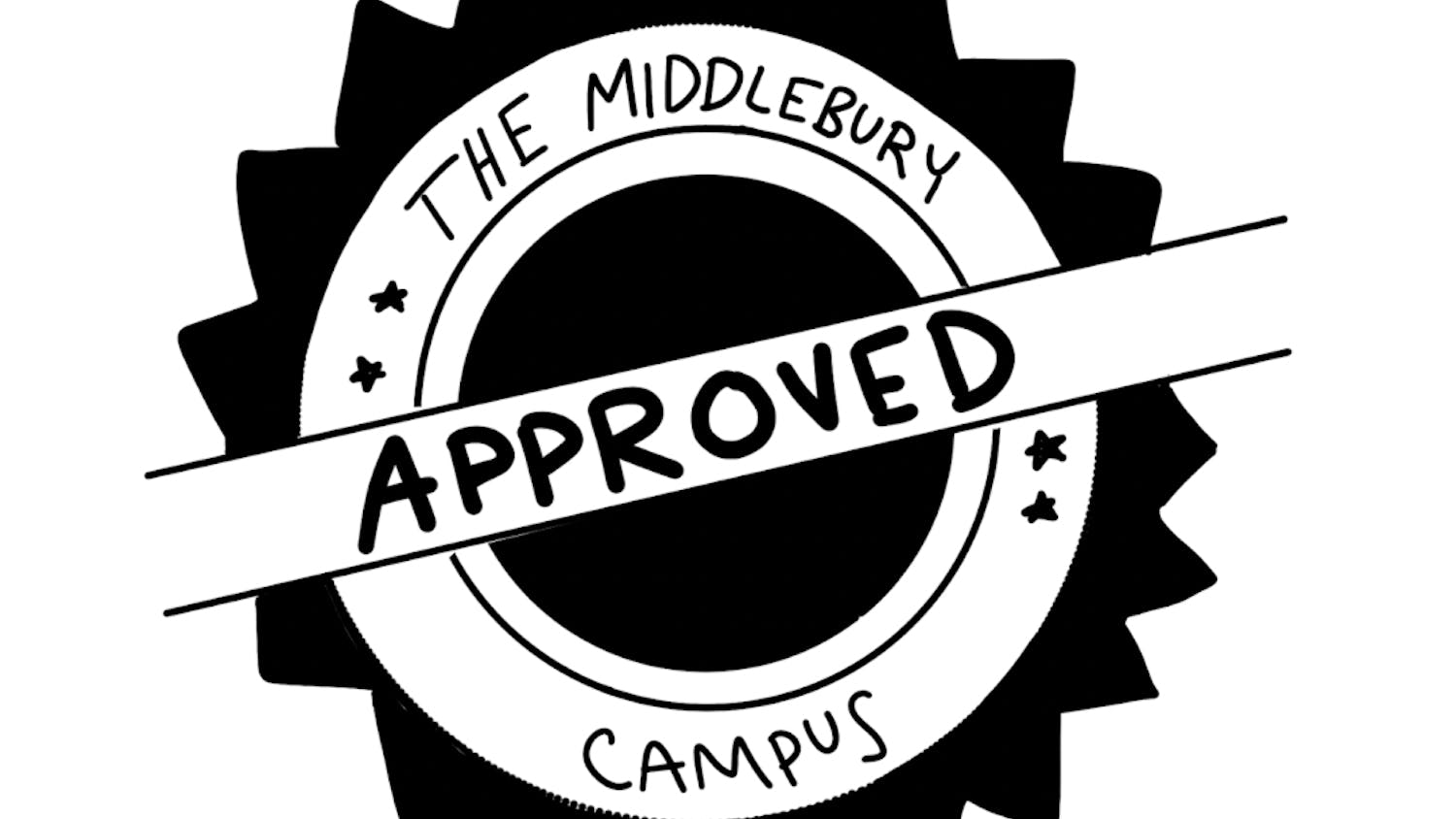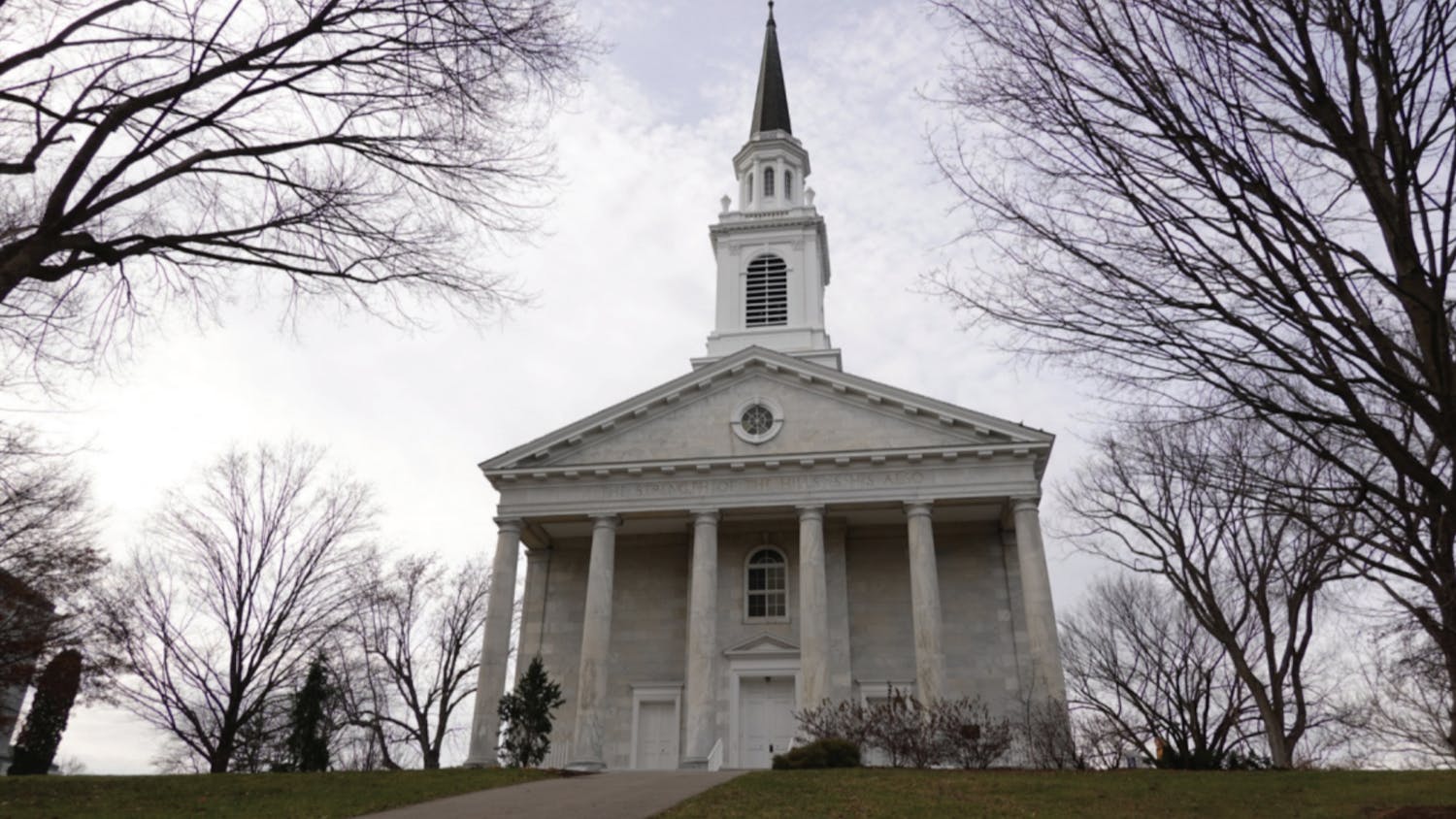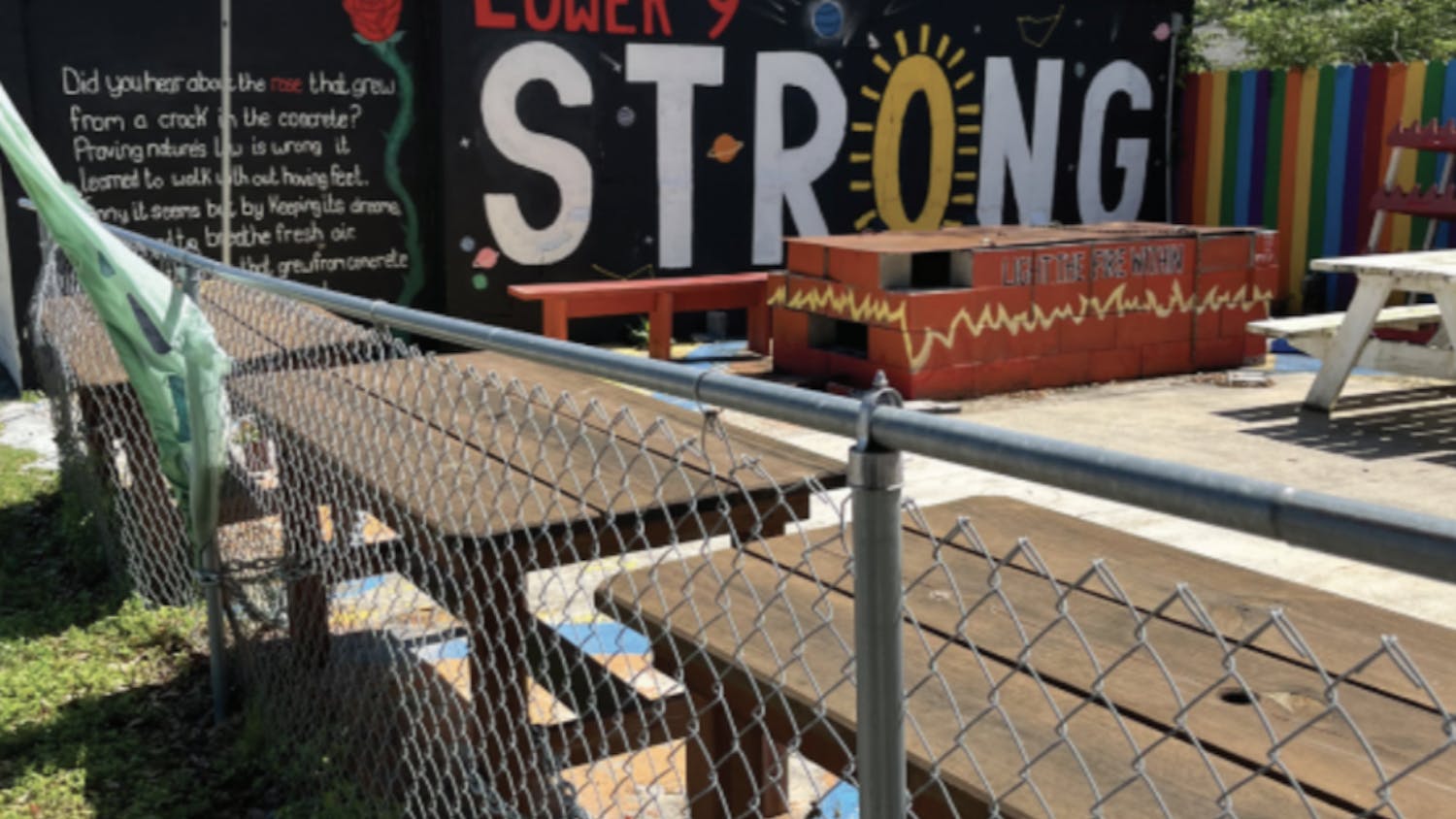This Wednesday, Governor Phil Scott signed Senate Bill 55 into law. This landmark gun control legislation moved rapidly through the Vermont legislature following the shooting in Parkland, Fla. and a near-miss at Fair Haven Union High School in Rutland County. The bill includes extended background checks to private sales, an under-21 age restriction, a bump stock ban and magazine length restrictions.
During this process, many legislators underlined the need to keep students safe in school, some arguing to prioritize “school safety” legislation. On Friday, the Senate Judiciary Committee heard testimony on House Bill 675, known as the “school safety bill.”
No reasonable person opposes the intention behind school safety — and certainly no politician wants to be heard saying “I oppose school safety!” — but we should be critical of the forms school safety legislation takes.
In response to the Parkland, Fla., shooting last month, President Trump announced the creation of a commission to explore school safety, chaired by education secretary Betsy DeVos. In her confirmation hearing last January, DeVos infamously voiced support for guns in schools to “protect from potential grizzlies.”
Placing guns in schools isn’t only bad for grizzlies — it’s incredibly dangerous for students. And it is often a major part of “school safety” legislation.
School safety in its current form is the militarization of schools. It involves placing armed guards and law enforcement in places of learning. In some schools around the country, it means that faculty members teach English or algebra while wearing a concealed firearm. Right now, H.675 does not include any policing provision, but that could change as it moves through committee. According to VTDigger, an online news outlet covering Vermont politics, legislators have voiced support for increased policing of campus including hiring retired police officers as School Resource Officers.
Policing schools perpetuates discrimination against young people of marginalized identities. The ACLU of Vermont points out that increased law enforcement presence in schools is especially hard on youth of color, youth with disabilities and LGBTQ youth. In their testimony to the Senate Judiciary Committee last week, they provided data that shows black students are more than twice as likely to be arrested at school than their white peers. Additionally, students with disabilities represent a quarter of students arrested and referred to law enforcement, while only comprising 12 percent of the national student population. LGBTQ youth represent 15 percent of youth in the juvenile justice system, while only comprising 7 percent of the nation’s population. This is what “school safety” looks like.
There are already comprehensive security measures in Vermont schools. The Agency of Education, the Department of Public Safety and the Vermont School Safety Center offer extensive resources, trainings and practices for schools implementing emergency and crisis response procedures. We don’t need security measures in the form of police or armed guards.
What we do need is a more complex and holistic approach to safety, extending beyond crisis management to encompass the emotional, intellectual and physical wellbeing of students in school.
If we truly want to make school safer for our most vulnerable students, we should focus on primary prevention and extending counseling services, not bringing more deadly weapons into schools. School social workers operate from a strength-based perspective — they look for the strengths in troubled students — to bolster community support. They work with families, educators and students to de-escalate situations and mitigate risk. The strength-based approach helps build the kind of support systems that a 2003 study by the Search Institute shows increases pro-social behavior in children.
We should also work to implement restorative justice practices in our schools and support legislation like House Bill 675 in its current form, which seeks to ensure that disciplinary measures are applied fairly to students based on race, ethnicity, gender, class and sexual orientation. We should fight to prevent similar legislation from being co-opted by a misguided gun rights agenda.
We must make school spaces as safe as possible for students to fail, to learn and to grow. We must nurture stronger ties between schools, families and communities and work to deconstruct violent structures, rather than perpetuate them.
That’s a version of school safety I think we can all get behind.



